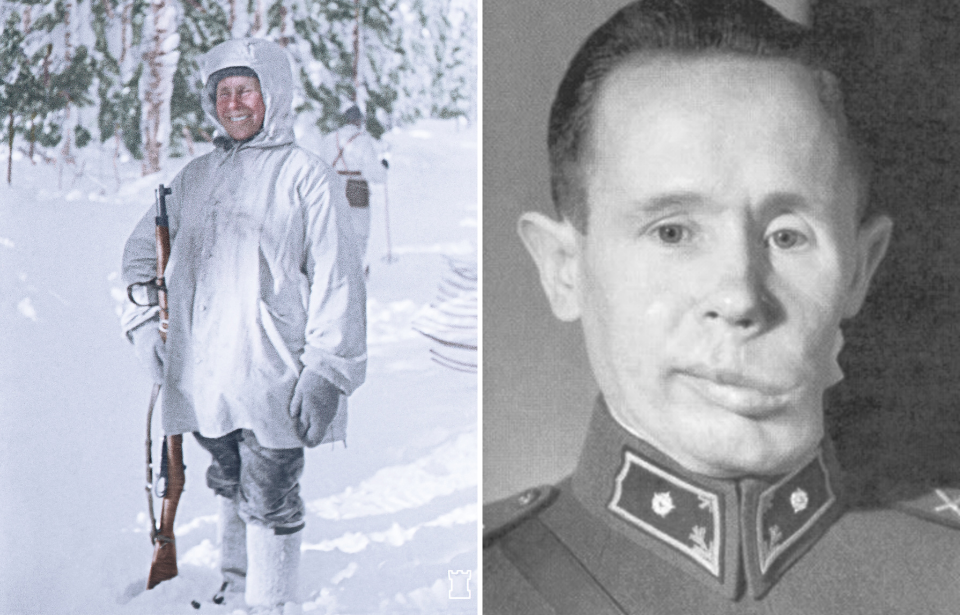The Winter War of 1939-40 was a true test of the Finnish Army’s strength and resolve. While the country ended up ceding border areas to the Soviet Union, its soldiers put up a decent fight against the Red Army. One of the most skilled marksmen was Simo Häyhä, a sniper credited with killing over 500 men during the three-month assault. For this, he was given a rather morbid and memorable nickname: The White Death.
Simo Häyhä’s early years in the Finnish Army
Prior to the start of World War II, 17-year-old Simo Häyhä joined the Finnish militia. His ability with a firearm was noted at a young age, having been a hunter growing up. He also won numerous local marksmanship competitions. He didn’t, however, receive formal sniper training until 1938.
In 1925, Häyhä joined the Bicycle Battalion 2 as part of his 15-month compulsory military service. After attending Non-Commissioned Officer School, he joined Bicycle Battalion 1 as a conscript officer.
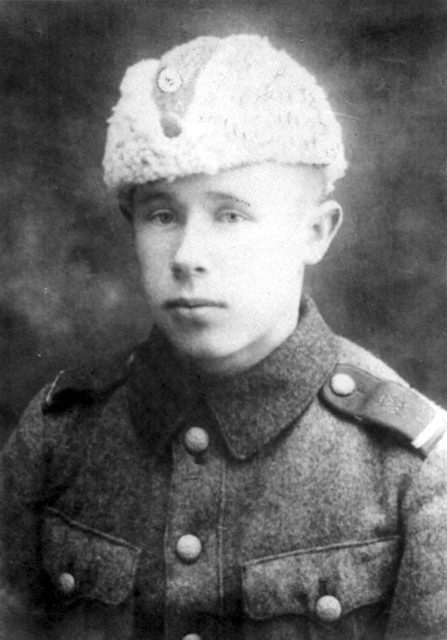
When the Soviet Union launched an illegal invasion of Finland on November 30, 1939, triggering the start of the Winter War, Finnish soldiers and everyday citizens leapt into action to defend their country. Aside from being an attack on the country’s sovereignty, the invasion violated the Treaty of Tartu, which the USSR and Finland had signed in 1920, following the Finnish Civil War.
The Finnish Civil War was a dramatic climax to an already tense situation, as they fought over whether to embrace their identity as a Scandinavian nation or side with the growing socialism movement in Russia. Unhappy with the results of discussions with Finland in the 1920s and ’30s, Russia chose to attack because it claimed that mistakes had been made when determining the Russian-Finnish border in 1917.
Simo Häyhä becomes known as “The White Death”
Simo Häyhä was one of between 300,000 and 340,000 Finnish soldiers faced with the overwhelming task of defeating anywhere from 425,000 to 760,000 invading Red Army soldiers. Camouflaged in white, snipers stationed themselves in snow pits to await possible Soviet targets, exposing themselves to temperatures as cold as −45 degrees Fahrenheit.
Häyhä, who served under Lt. Aarne Juutilainen with the 6th Company of Infantry Regiment 34, developed several unique tactics that helped keep him concealed for hours in the freezing cold.
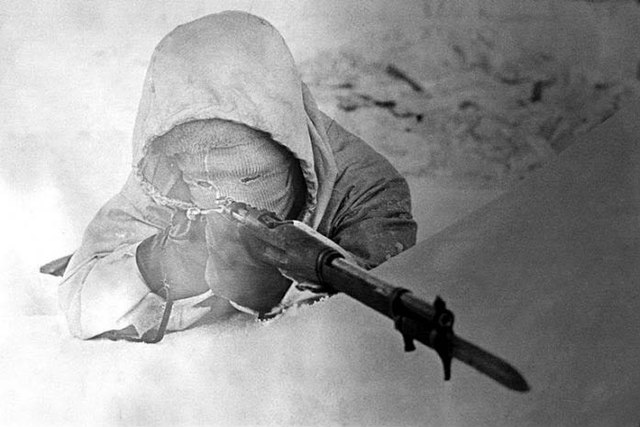
Häyhä dressed in plenty of layers and kept bread and sugar in his pockets, which he ate to give himself enough energy to stay warm. He would set up position in his snow pit before dawn and remain there until sunset. He was even known to keep snow in his mouth, so as to not have his breath give away his location.
Häyhä used his regular civil guard rifle, a SAKO M/28-30, a variant of the Mosin-Nagant rifle, and was also trained on the Suomi KP/-31 submachine gun. He could estimate distances with an accuracy of one meter and up to 150 meters (roughly 500 feet). In just 100 days, he’s estimated to have killed more than 500 Red Army troops, according to himself and his fellow snipers. The exact number is unknown.
Dubbed “The White Death,” he became the face of Finnish propaganda seemingly overnight.
Left for dead, but still alive
On March 6, 1940, Simo Häyhä was shot in the jaw by a Red Army soldier. Thinking the sniper was dead, he was placed on a pile of bodies until a fellow soldier noticed his leg twitching. Häyhä was alive, but badly wounded and unconscious. The bullet had destroyed his upper jaw, lower jaw and his left cheek.
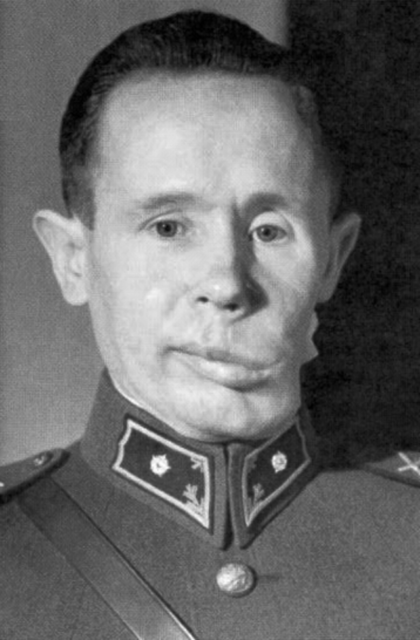
Several days later, Häyhä awoke in a hospital bed and read a newspaper article that announced his own death, “news” the Soviets had spread as proof of their victory. That same day, peace was declared between Finland and Russia, and the Moscow Peace Treaty was signed.
Simo Häyhä’s later life and legacy
After a grueling 14 months in the hospital, during which he underwent 26 surgeries, Simo Häyhä returned home. He’d wished to fight in the Continuation War, but was excused due to his injuries. He was given a farm in southeast Finland, where he bred dogs and hunted moose. He struggled to come to terms with his role, even receiving death threats from his own people. Häyhä never married or had any children.
Despite his notoriety, Häyhä never boasted about his wartime accomplishments. During a 2001 interview, he was asked if he felt remorse over his actions during the war. He replied, “I did what I was told to do, as well as I could. There would be no Finland unless everyone else had done the same.” He died on April 1, 2002, at the age of 96.
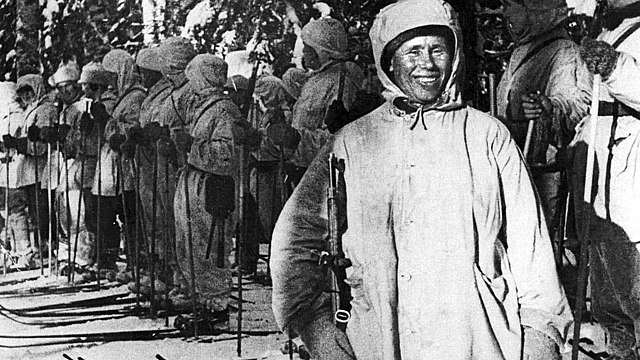
More from us: Tensions Between American and Australian Troops Led to the Battle of Brisbane
Häyhä was honored with the First and Second class Medals of Liberty, as well as the Third and Fourth class Crosses of Liberty. He donated his SAKO M/28-30 honorary rifle, which was a gift from a wealthy Swedish businessman, to the Karelia Jaeger Battalion’s Heritage Room, after which it was transferred to the Finnish Military Museum. In 2017, his long-hidden memoir, titled Sotamuistoja, was discovered.
